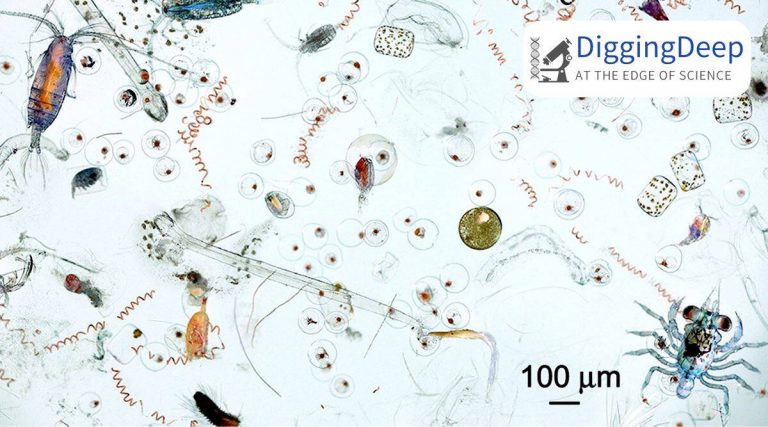Excessive pesticide use, which eventually makes its way into water bodies as a result of agricultural run-off, has the potential to damage freshwater biodiversity. A recent study published in Molecular Ecology looked at the effects of a herbicide and an insecticide on freshwater bacterioplankton groups. Plankton is microscopic organisms that live in water and are carried by currents because they are unable to move (planktons in Greek means drifter). Phytoplankton, zooplankton, bacterioplankton, microplankton, and virioplankton are the major groups of planktons.
The researchers looked at the herbicide glyphosate as well as the insecticide imidacloprid. Both have currently accepted safety guidelines based on tests on multicellular organisms, but their influence on bacterial ecosystems is unknown.
Anthropogenic causes
Human-made chemicals in water bodies can have negative consequences not only for the bacterioplankton community but also for the water ecology as a whole. Many pesticides, such as DDT, can build up in fish fatty tissues and spread up the food chain. Other impacts include the suppression of fish and animal reproductive systems, as well as DNA damage.
Eutrophication, or the excessive build-up of nutrients, is another hazard to freshwater ecology. Eutrophication causes algae growth on the water’s surface, preventing sunlight from penetrating. This reduces photosynthetic activity in the water body, resulting in hypoxia (low oxygen levels) in the aquatic community.
Sensitive creatures
Bacterioplankton, in particular, might be particularly vulnerable to anthropogenic disruptions due to their sensitivity to various environmental variables. Bacterial communities provide important ecosystem services such as organic matter breakdown and nutrient cycling. These services may be harmed if pesticide use has a negative impact on microbiomes.
The research was carried out in a controlled environment that was exposed to one or both of the aforementioned pesticides in varying amounts. The simulated setting was a series of ponds at McGill University that had never been contaminated by agriculture before.
Different amounts of nitrogen and phosphorus were added to the ponds, with low levels of nutrients matching to oligotrophic conditions and large levels corresponding to eutrophic ones. Each of these nutrient treatments was then exposed to various concentrations of glyphosate, imidacloprid, or both in variable amounts.
It was observed that:
- Glyphosate caused a modest rise in bacterial cell density.
- The introduction of both glyphosate and imidacloprid had no influence on the use of carbon substrates.
- Glyphosate had a negligible influence on the bacterioplankton community when combined with imidacloprid. Furthermore, after the first and before the second heavy glyphosate doses, bacterioplankton communities showed good recovery.
Selective survival
The researchers discovered that the glyphosate treatment favored only a few bacterioplankton species, namely those that can break down glyphosate and utilize it as a phosphorus source. On the other hand, imidacloprid and its interactions with nutrients had no impact on the bacterioplankton community structure.
In line with the preceding data, the report goes on to say that ‘bacterioplankton populations are resilient [to glyphosate application] at a broad level.’
Follow Crispbot on Facebook and Twitter. For the latest news, tech news, breaking news headlines, and live updates checkout crispbot.com













